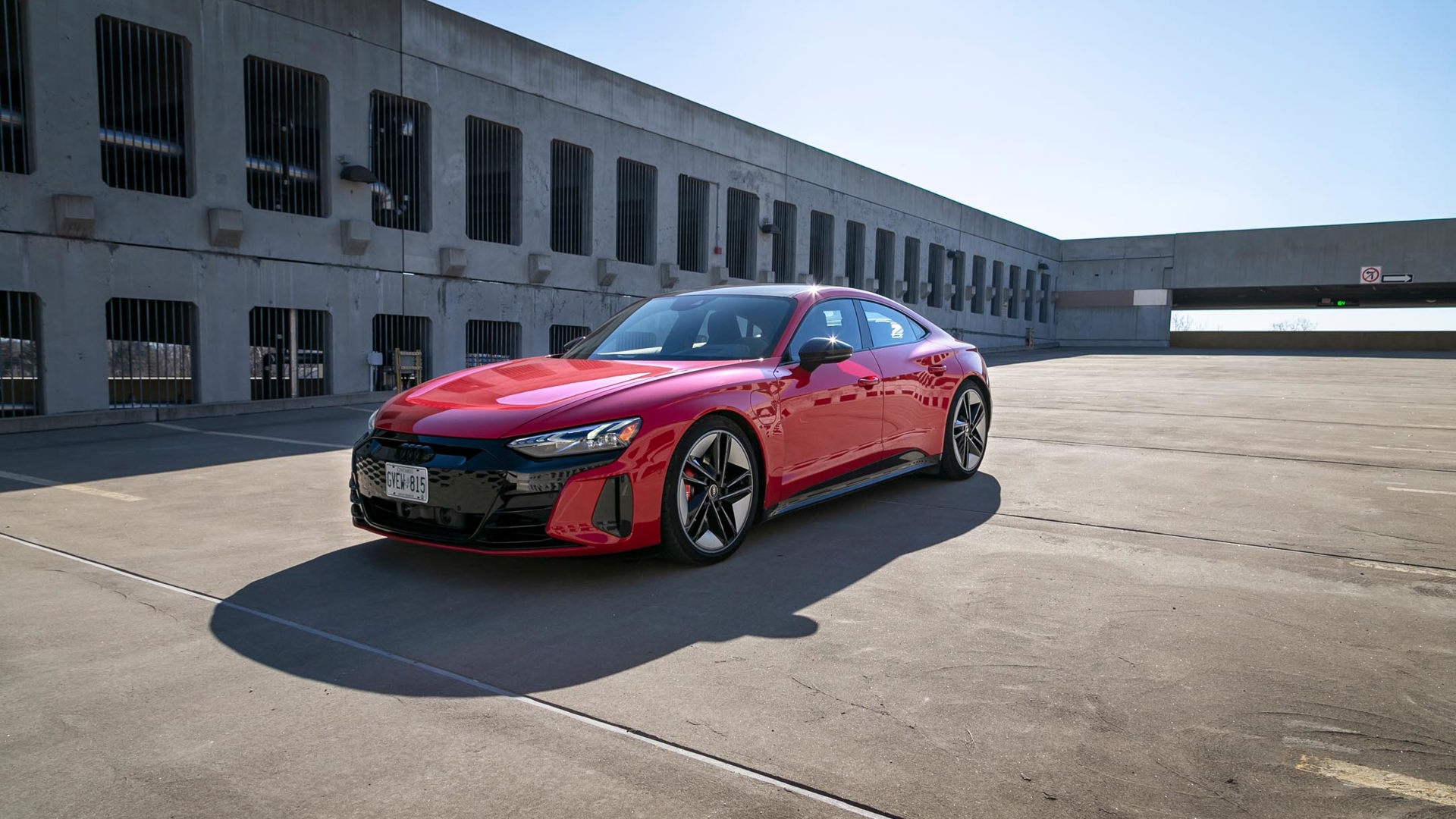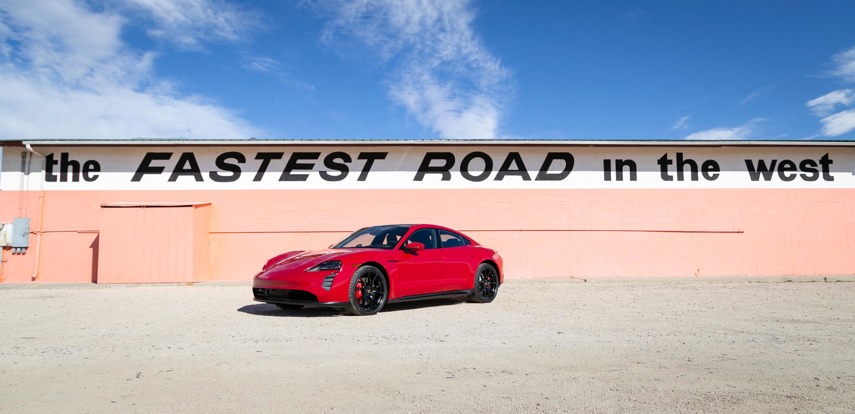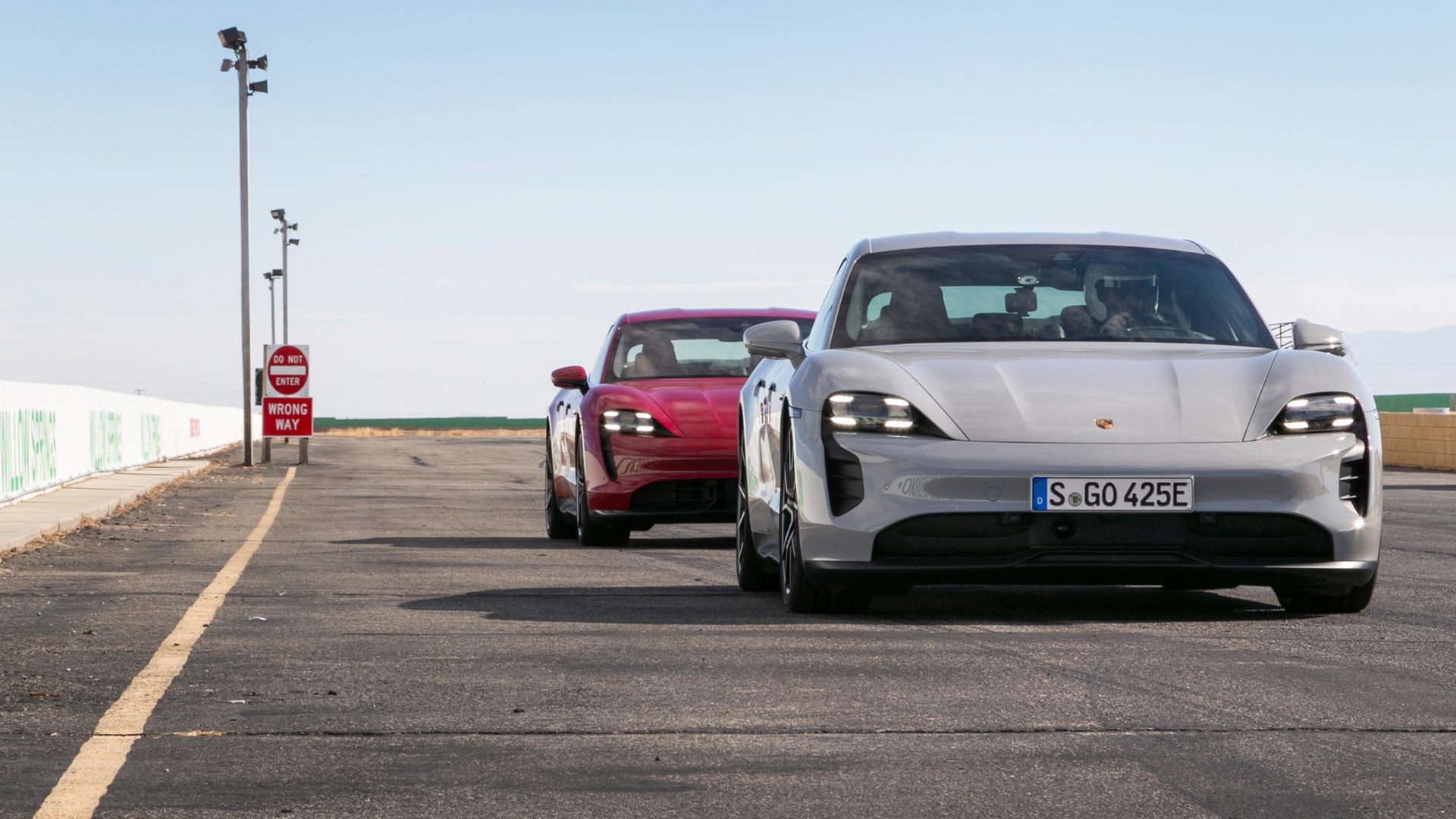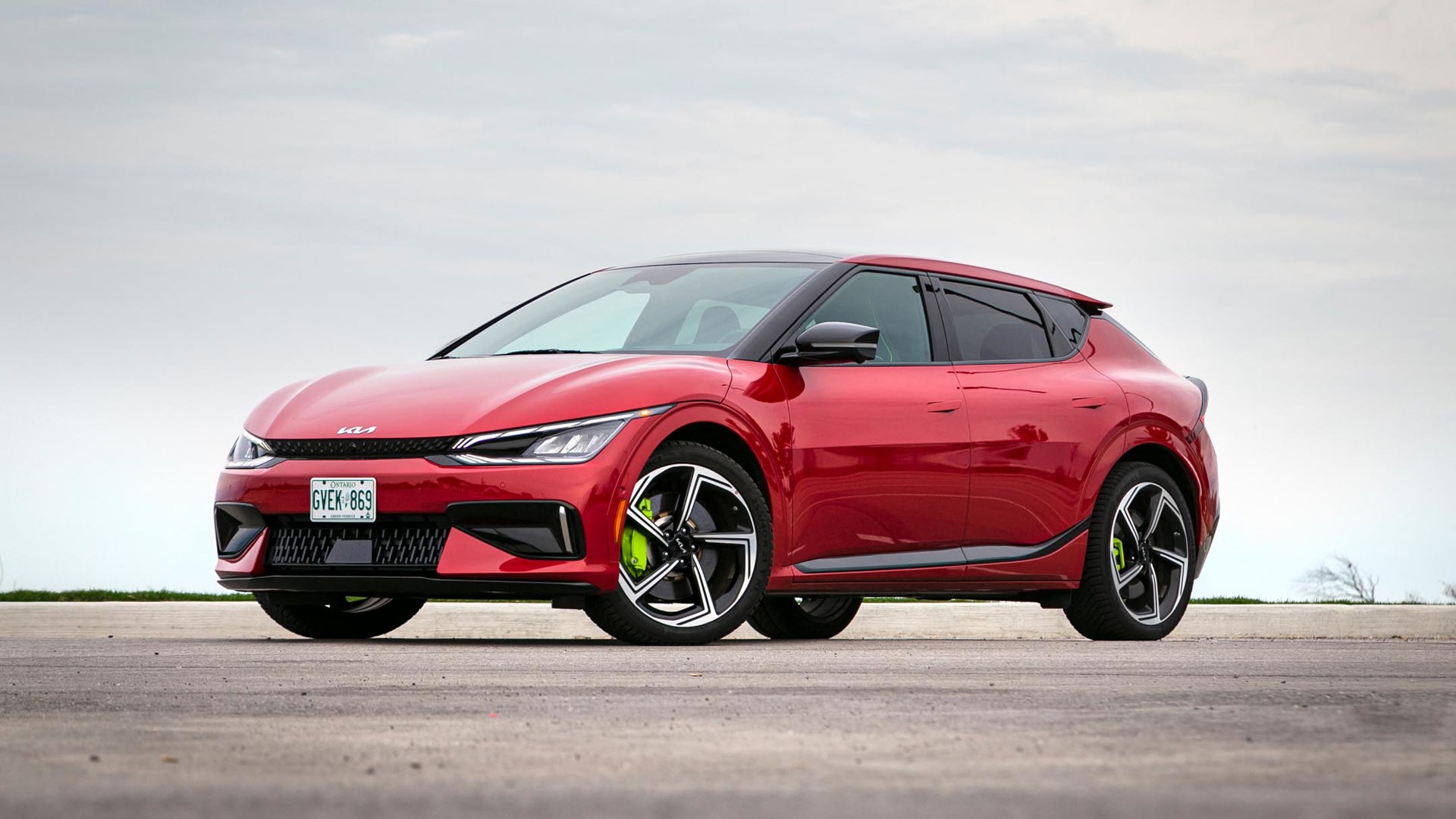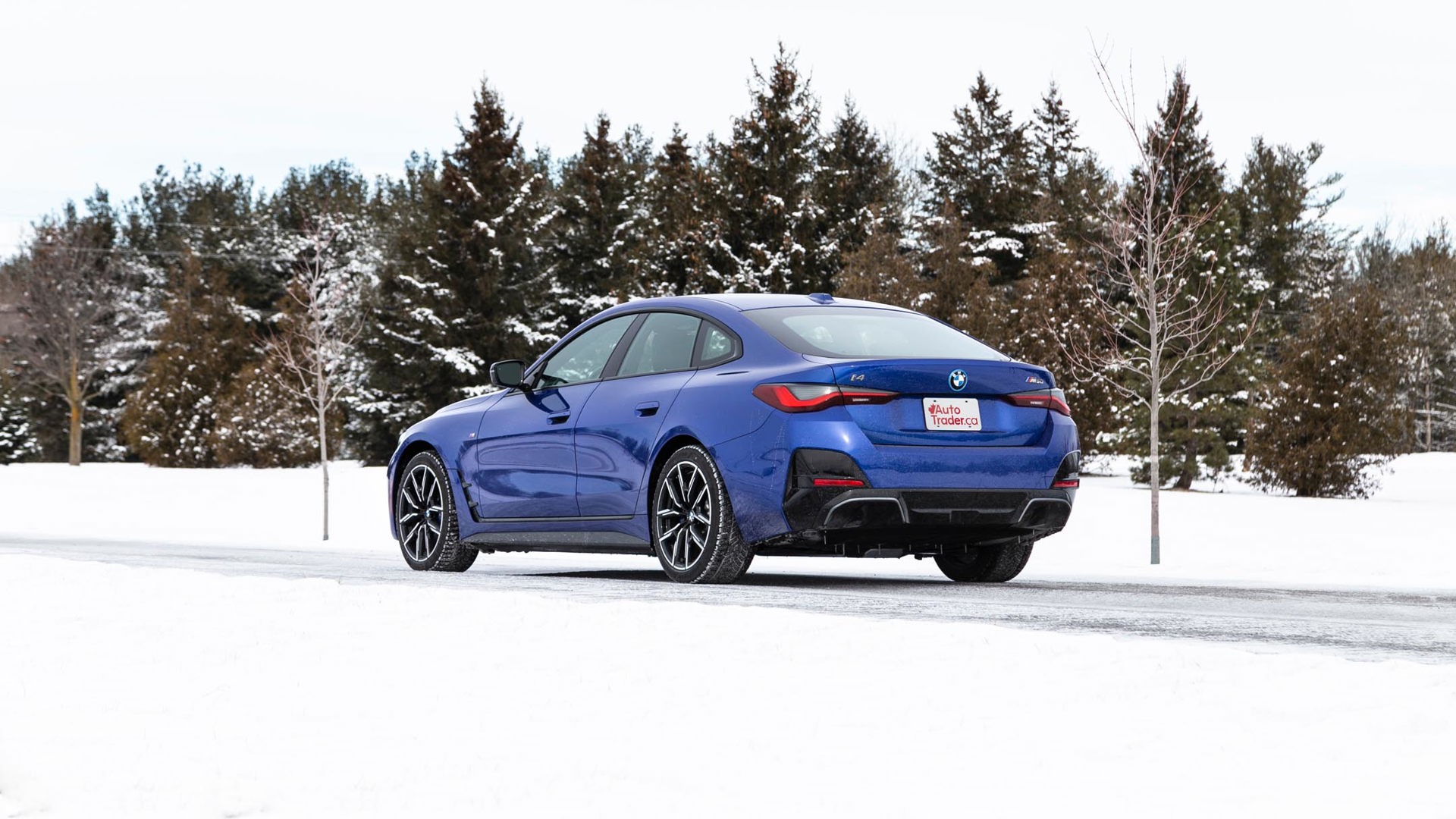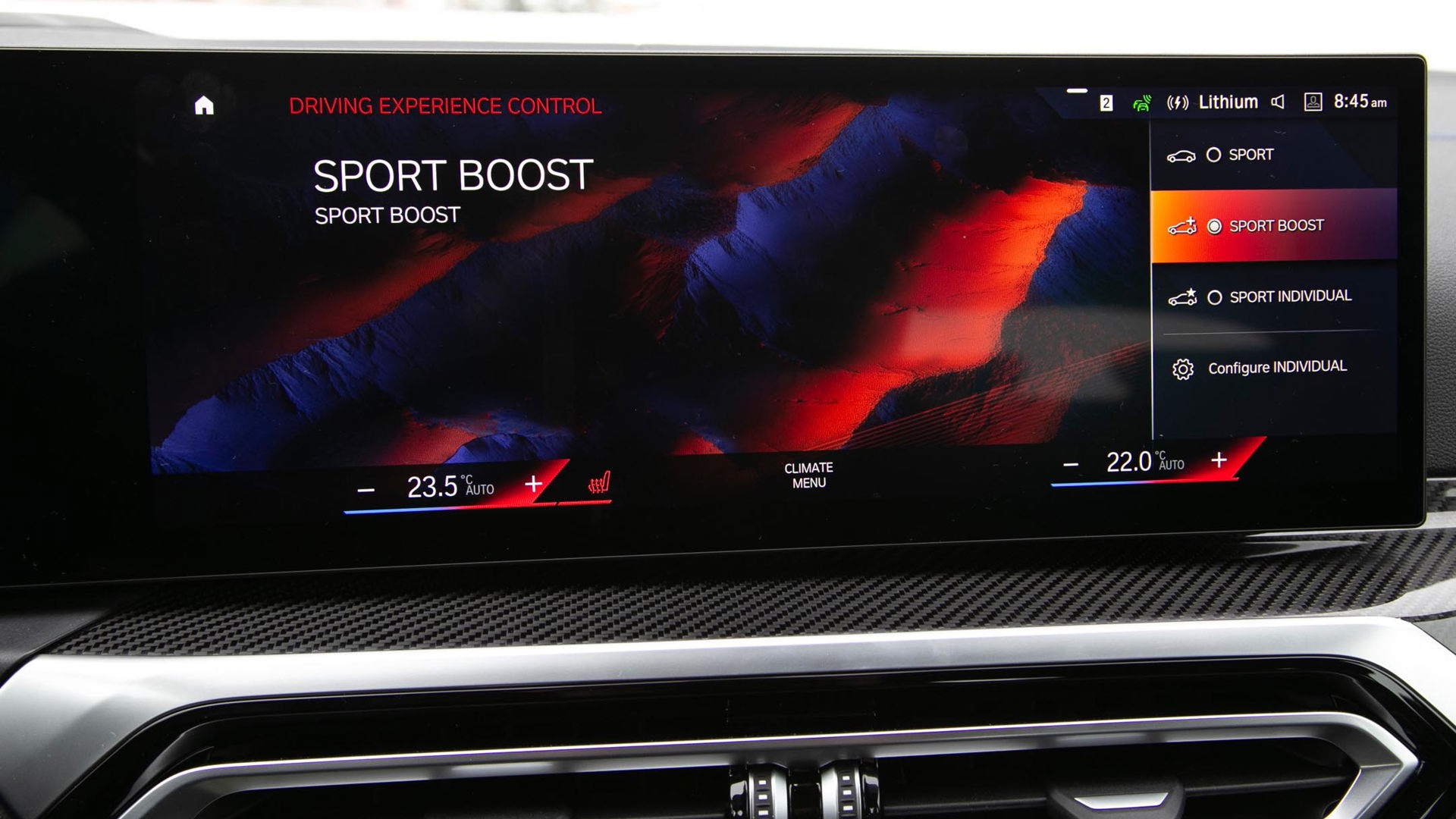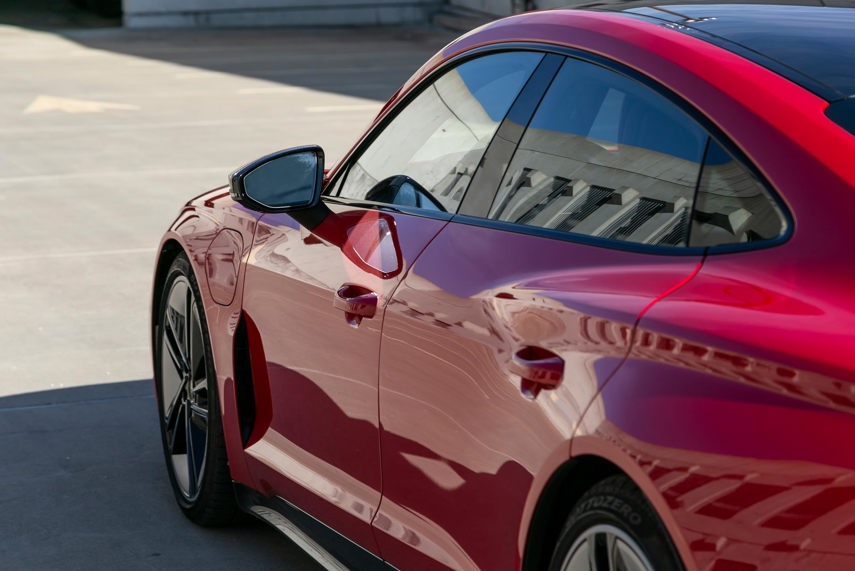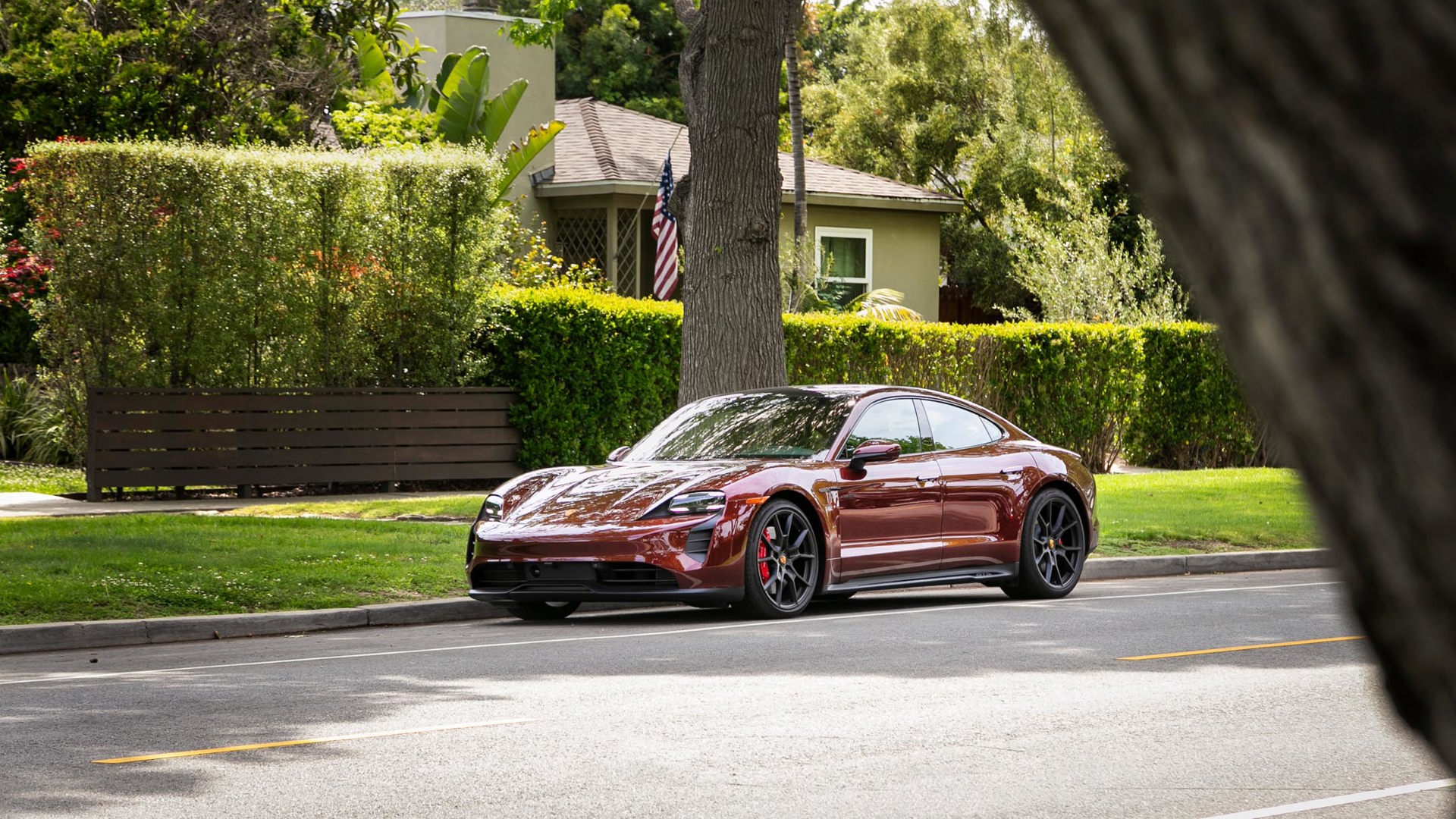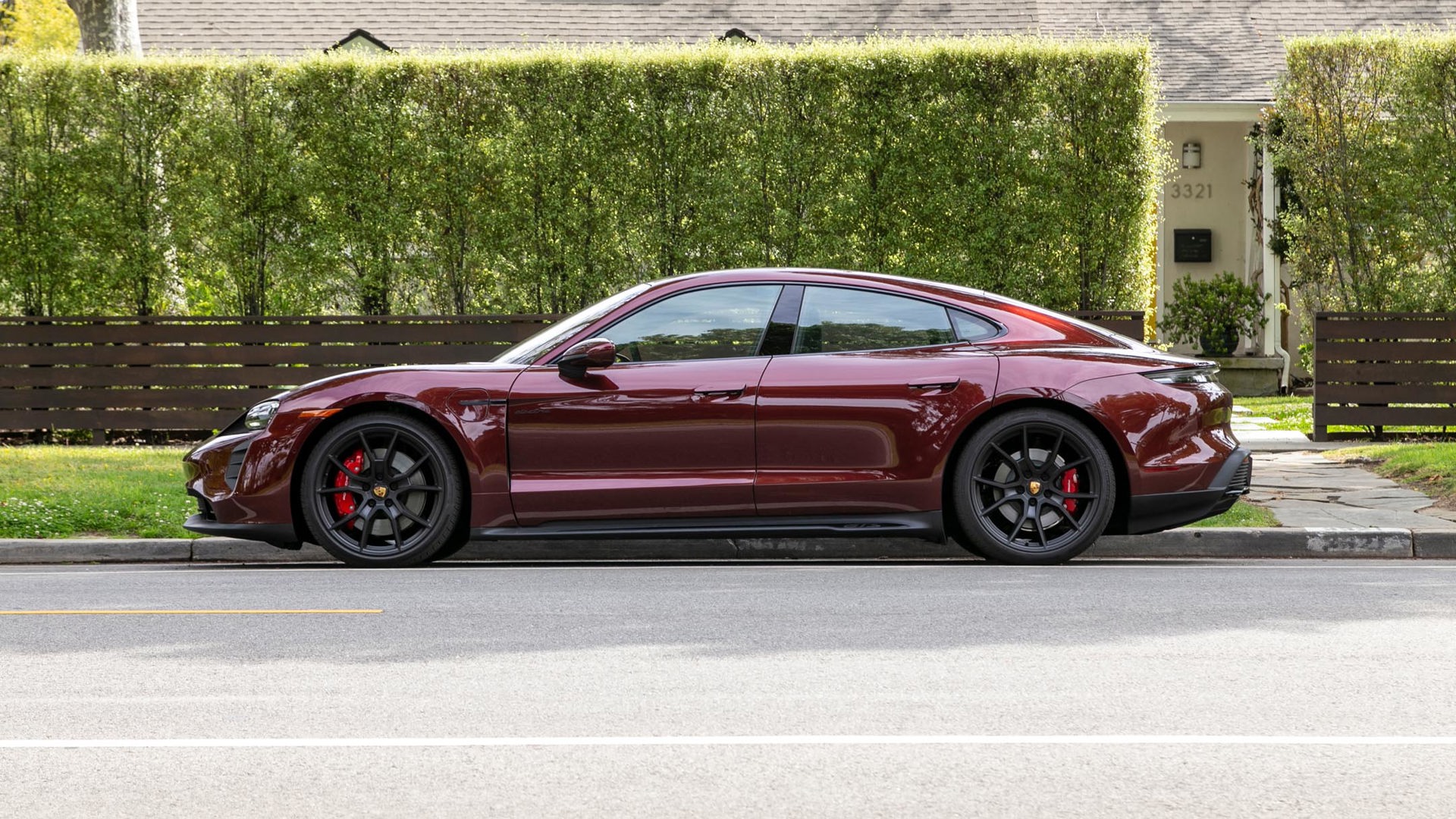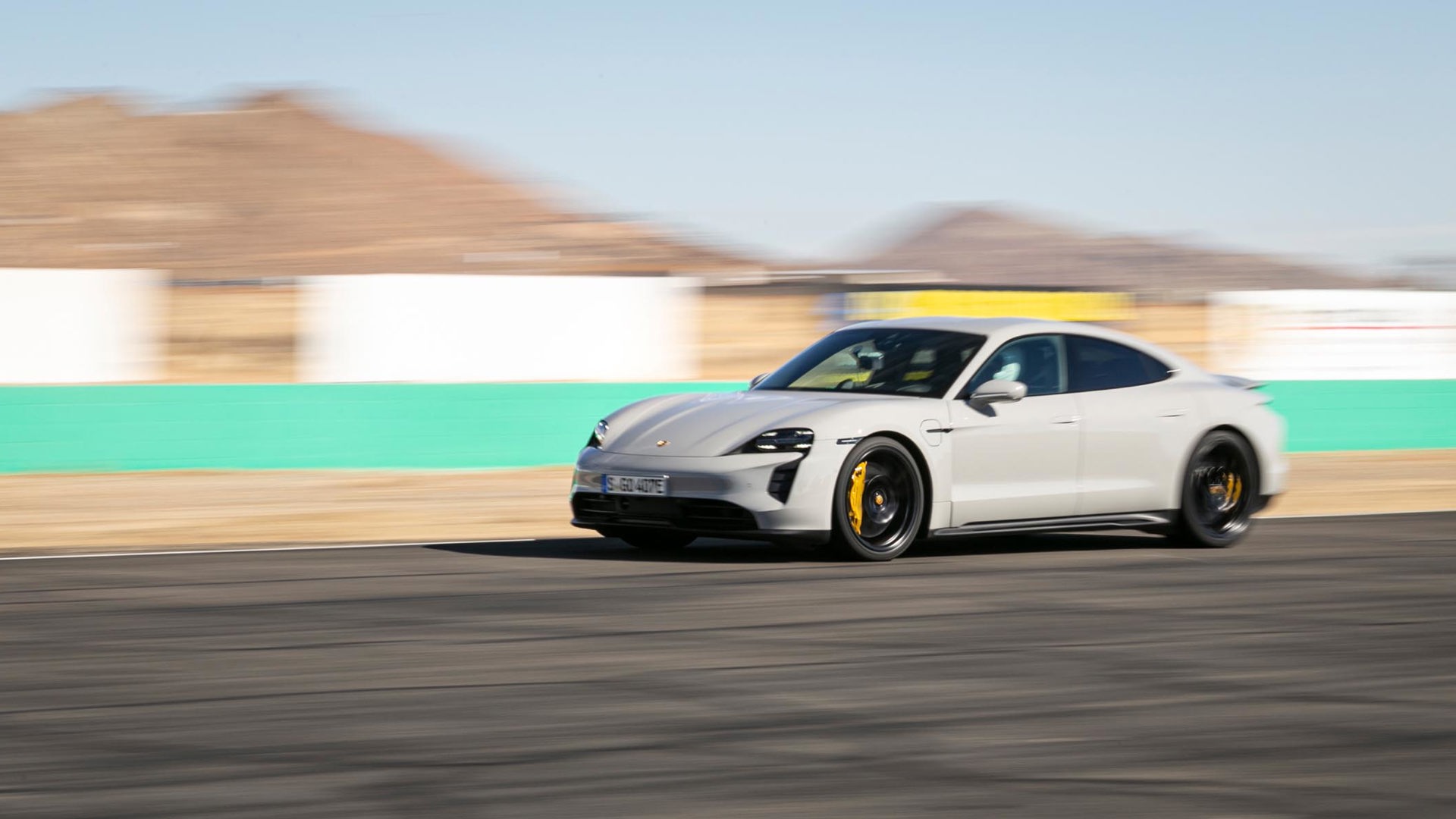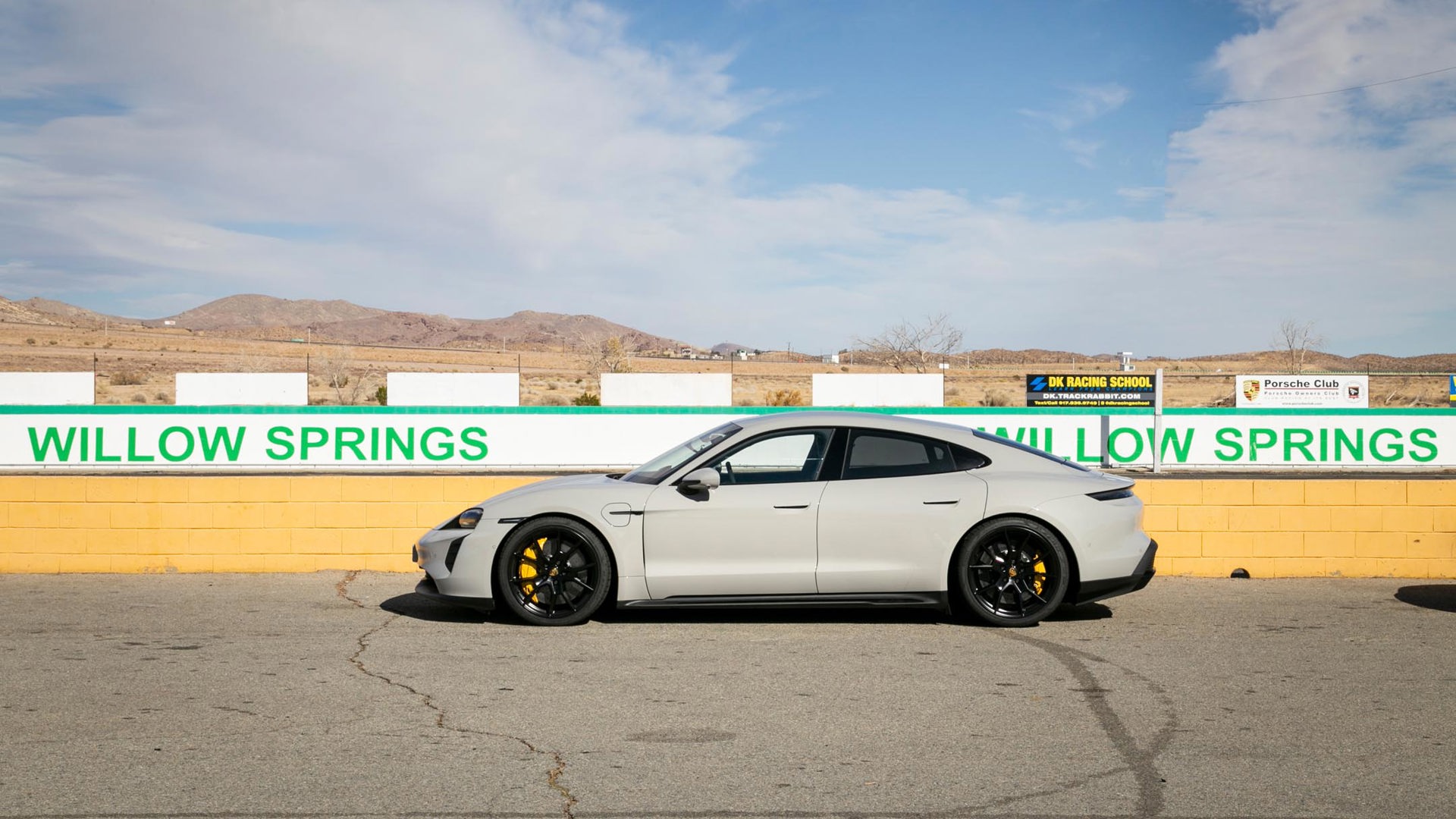Electric vehicles (EVs) have been a hot topic of discussion lately, and here at AutoTrader, we’re trying to do our part to help answer common questions, share our concerns about infrastructure challenges, and dispel some of the silly falsehoods being spewed in response to the growing number of electric vehicles on the road. We know that EVs aren’t the answer for everyone, but as range, recharging speeds, and accessibility continue to improve, there seems to be a lingering concern among many car enthusiasts that the electrification of cars means the end of driving enjoyment.
Can performance EVs engage drivers the way traditional performance cars do?
What Is a Performance Car?
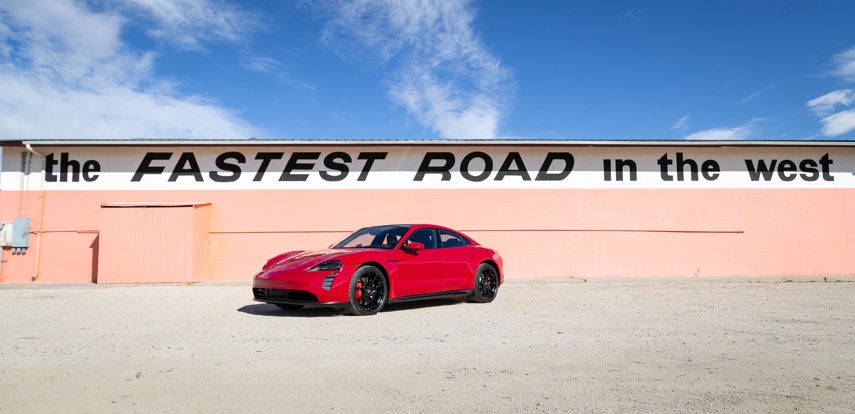
Fundamentally, a performance car should be able to accelerate, turn, and stop measurably better than the average family hauler or utility vehicle. Arguably, performance cars possess the dynamic elements that should enable them to deliver those goods on a race track in the hands of a competent driver. But since very few of us actually earn a living from being the fastest person around a track, a performance car can also be one that provides its driver with a dynamically exciting experience behind the wheel. That’s why throughout the automotive ages, cars with quantifiably excellent performance metrics, as well as those that are simply engaging, fun, and rewarding to drive are “authentic” performance cars. With more than a million units sold, the Mazda MX-5 Miata proves that drivers love a nimble, lightweight performance car despite modest power and acceleration figures.
On the other hand, notwithstanding its size and considerable mass, the electric Kia EV6 GT was awarded the 2023 World Performance Car of the Year by a panel of more than 100 automotive jurors from around the globe, besting the Nissan Z and Toyota GR Corolla, two more traditional examples of performance cars.
The Kia’s win was shocking (excuse the pun), especially considering how good the other two finalists are with their snappy turbocharged engines, manual transmissions, and nimble playfulness. The EV6 GT boasts some big numbers to back up this victory with 576 hp and 545 lb-ft of torque that testing has shown can net a zero-to-96 km/h time in the low three-second range, and a quarter mile in the mid-11s. Based on hard numbers, the GR Corolla and Z don’t come close.
Challenges With Performance EVs
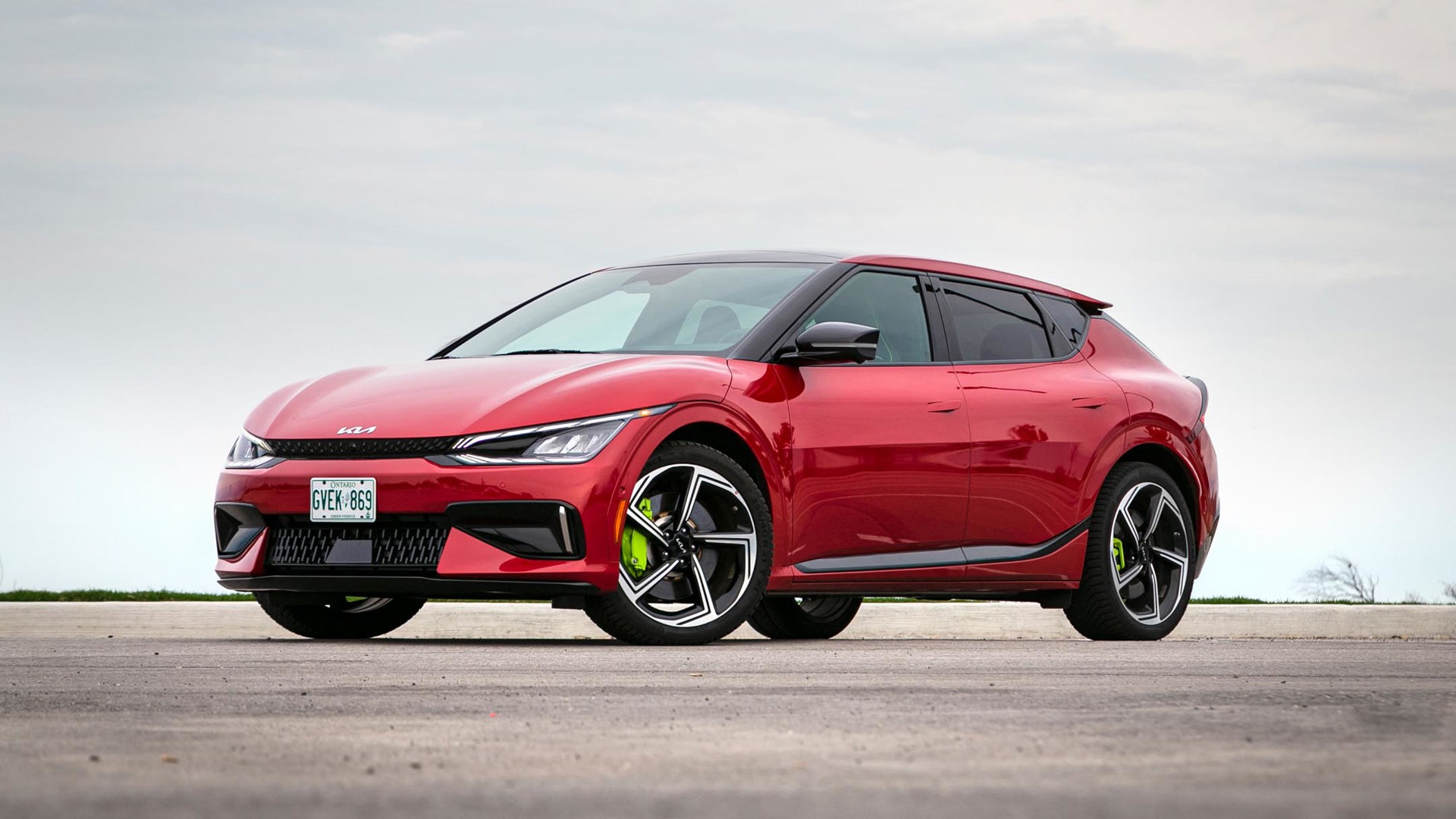
While fast and capable of heart-stopping acceleration and competent handling, a week spent driving the Kia EV6 GT left me feeling detached from the Korean company’s new halo car. The Kia dresses the part with enormous, spidery wheels and lime-green brake calipers that clamp down on massive rotors, plus it has aggressively bolstered seats, but the driving experience itself, when not rocketing from a standstill, is rather aloof and clinical. It achieves performance, but I suspect many fans of petrol-burning performance cars will find there’s too little driver engagement on a sensory level for the EV6 GT to win their hearts.
For the cost of a couple EV6 GTs, one could pick up a Tesla Model S Plaid, a car so ferociously quick that when Car and Driver did acceleration runs with it, it eclipsed 60 mph (96 km/h) in 2.1 seconds, but what’s more eye-widening is that it blazed past 100 mph in 4.3 seconds and did the quarter-mile in 9.4 seconds, on par with a multi-million-dollar Bugatti Chiron Sport supercar. More still, it also set mind-blowing records for passing power by bettering the Bugatti, rocketing from 30 to 50 and 50 to 70 mph in half the time of the 16-cylinder supercar.
Like other EVs, the Model S is heavy, weighing in at nearly 2,200 kg, and there are multiple published reports claiming that neither the Tesla’s brakes nor high-speed handling are up to the task of adequately taming the beast. A new option package for the Plaid promises more serious brakes.
History Repeats
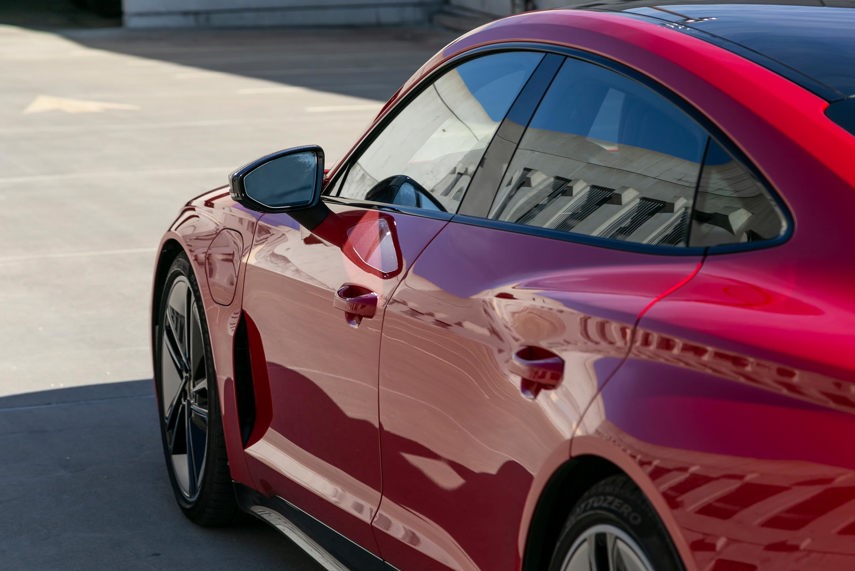
Of course, the Model S isn’t the first instance of a carmaker adding obscene amounts of power to a sedan without paying much mind to turning or stopping. Anyone who’s driven a big-block muscle car from the ’60s or ’70s will admit the rudimentary braking and sloppy handling can cause more than a few pucker moments when approaching a curve too quickly.
A mid-’60s Pontiac Tempest GTO was sensationally quick in its day. So were various big-block Corvettes, and Hemi-powered Mopar muscle machines, yet not one of them is as quick, handles as well, nor stops as short as Kia’s EV6 GT. Fast-forward the 50 plus years since those cars were winning races and, of course, performance has improved as technology enabled it, but none all the European supercars I had pinned to my bedroom walls in the ’80s and ’90s will catch the Kia either, except at top speed. Dodge is carrying on with the same theme from the 1960s and giving a last hurrah of the internal combustion muscle car with a 1,000+-horsepower drag-racing monster called the Challenger Demon 170 that’ll post better acceleration times than the EVs (for now), but it won’t be much good for turning or stopping either.
Are EVs Too Sterile?
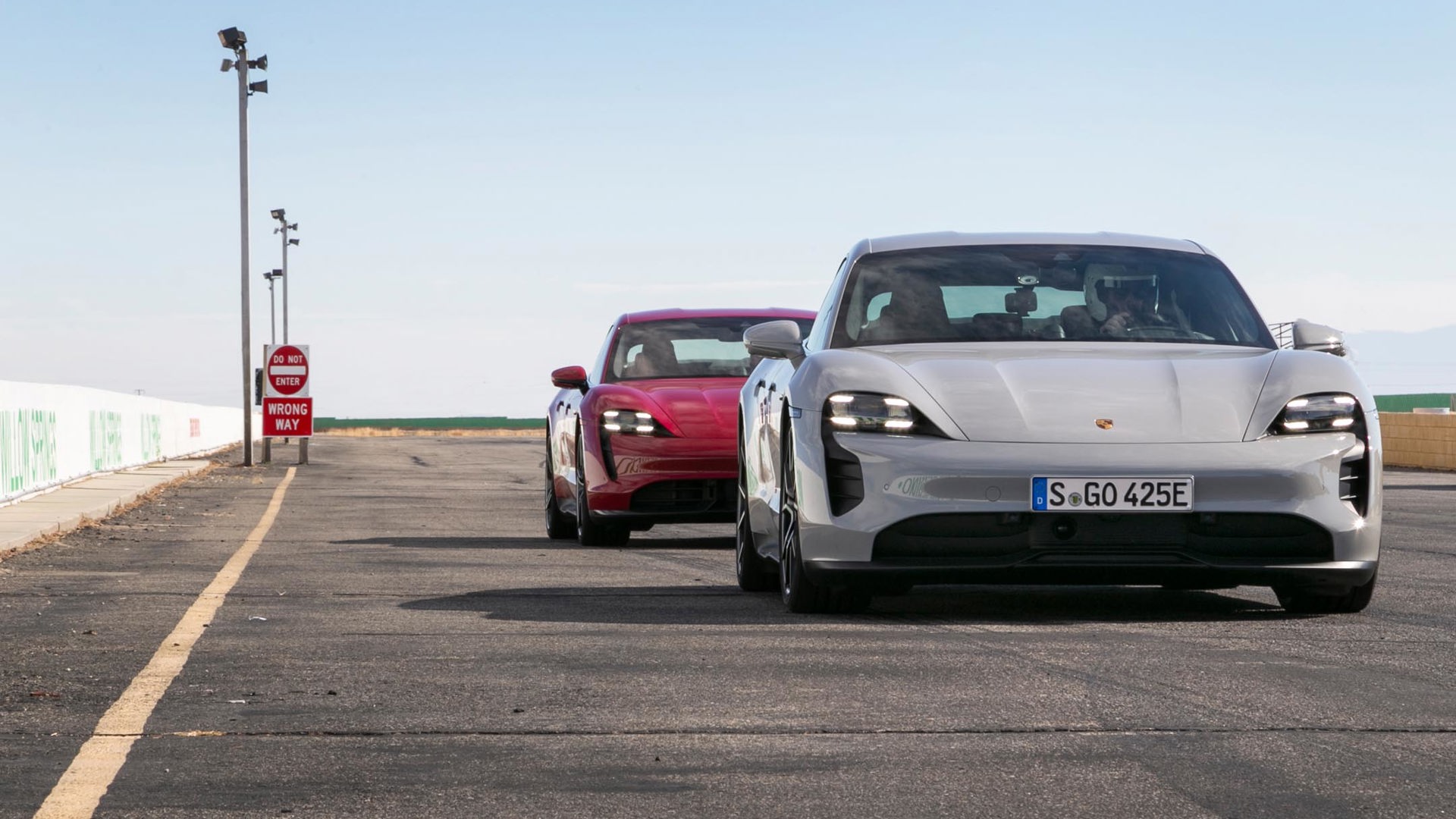
As drivers we’ve needed to work to quench our thirst for speed. Performance cars often had brutally stiff clutch pedals and heavy steering that required Popeye arms to turn at low speeds. We’d need to balance throttle inputs just so to avoid stalling, burning out a clutch, or roasting a set of tires, but modern cars – gasoline-powered and EV alike – are so carefully managed by computers that anyone can get into a wickedly powerful Porsche 911 Turbo, inform its computerized brain that you’re looking for an insanely quick launch toward the horizon, and away you go in relative ease, with the pedal mashed to the floor. High-power EVs offer even easier thrust in the way electric power generates instantaneous torque translating to immediacy one doesn’t get when needing to rev an engine or spool up a turbo.
With effort and skill comes reward. While the simplicity and accessibility of instant speed removes some driver engagement, the absence of an engine’s thousands of tiny gasoline explosions per minute gives EVs their surreal nature – they operate in complete silence, removing one of the performance car traits we love so much. Revving out a 20-year-old Ferrari 360’s V8 to redline makes neck hairs stand up and generates sound every bit as pleasing as anything that’s ever played on the car’s stereo. The feel of the thrum of a big, high-performance V8 can be felt in one’s chest. And the satisfaction of linking together a series of perfectly executed downshifts before entering a corner at speed is one of the most rewarding driving experiences known to humankind. Even the lingering aroma of burnt dinosaur juice in the garage after a gas-powered car has been parked has its own pleasing nature.
Bring the Noise
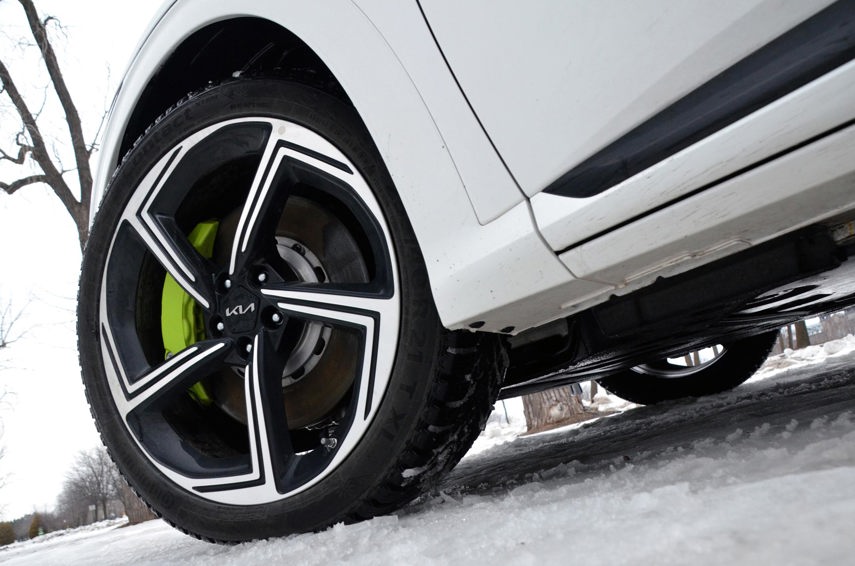
Carmakers recognize that for many of us, those engagement points are incredibly important to the overall driving experience. Lexus has been experimenting with an EV platform that uses a fake manual transmission to emulate the experience of working a clutch, shifter, and throttle in perfect concert. There’s no functional benefit and it’s a heck of a lot of engineering energy spent to do something entirely superfluous, and yet it speaks to the importance of performance cars being engaging to the driver.
The Kia EV6 GT features a choice of fabricated driving sounds that get piped into the cabin and can be dialled up or down depending on the driver’s tastes. BMW surely faced considerable costs when it hired famed composer Hans Zimmer to create the sound effects its electric iX SUV makes when driving. Admittedly, these sci-fi soundtracks do help trick the brain into greater engagement with the car even if we know they’re simple fabrications, and there are plenty of combustion-engine cars programmed to fake us out now, too.
Real Character

Ultimately, the Germans are doing the best job of making EVs into true and proper performance cars. The BMW i4 M50 not only looks similar to an M3, but it accelerates, turns, and stops incredibly well. For years, Car and Driver has been running performance cars around Virginia International Raceway for its annual Lightning Lap event, and after timing more than 300 machines, the electrified BMW posted a result that’s about mid-pack. That means it’s quicker around the race track than some acclaimed performance cars like the 2017 Audi RS3, 2013 BMW M5, 2009 Lotus Exige S 260, and even the 2007 Porsche 911 Turbo. An all-electric Porsche Taycan Turbo S ranks within the top 25 per cent quickest cars in the same list.
Having driven Porsche’s Taycan GTS a few times, including at Willow Springs Raceway, it is the clearest indicator yet that an EV can truly be a performance car. It offers not only a sensual appearance and sizzling acceleration, but a chassis that masks the car’s weight well enough to make its handling wonderfully engaging on a back road, and genuinely fast on the track. It’s a car that’s bringing new demographics into the Porsche showroom, and is surely finding garage space next to other, gasoline-powered Porsche models.
Final Thoughts
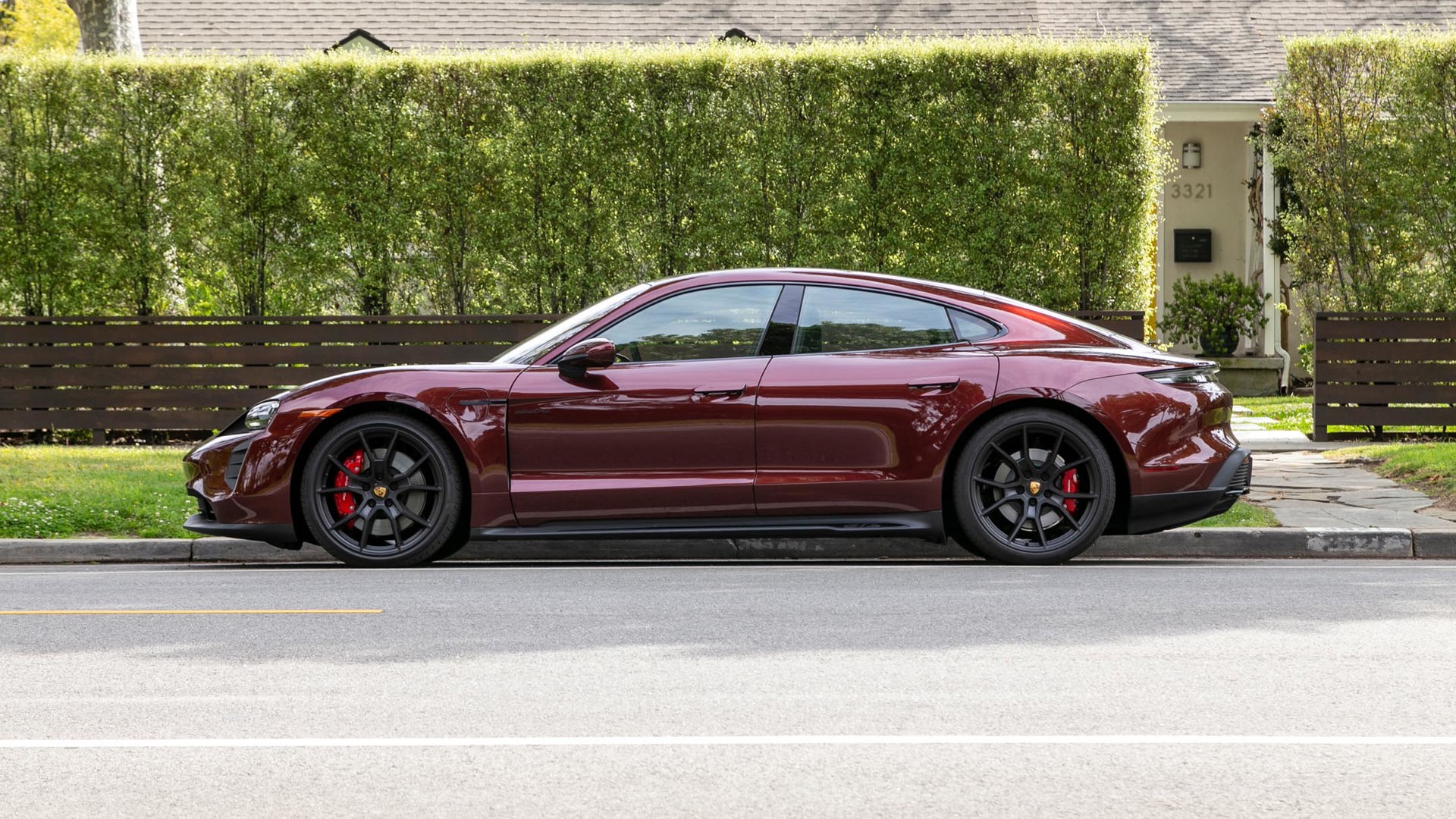
Performance cars have been evolving since the very early days of the automobile. Measurable metrics of performance have improved markedly over the past century along with greater levels of comfort, refinement, safety, technology, and even the types of powerplants that motivate them. There’s no denying that well-sorted electric cars represent a new generation of performance machines that can achieve results that no previous cars could do. While many EVs offer moderate driver engagement at best, they instead serve as little more than high-speed, highly efficient appliances, but it is promising to see that companies like Porsche and BMW have figured out a way to make electric cars properly engaging. I accept and enjoy EV performance cars, but it doesn’t mean that I, along with other driving enthusiasts, can’t be wistful for the end of an era of emotive, visceral internal-combustion performance cars.
